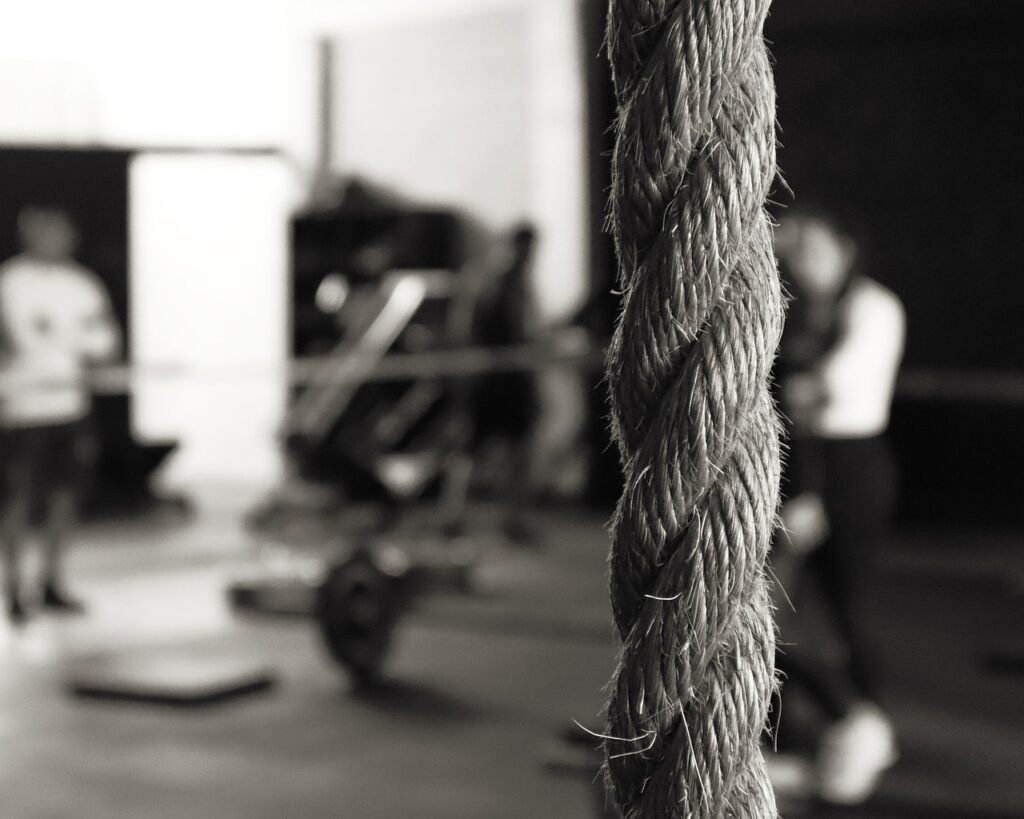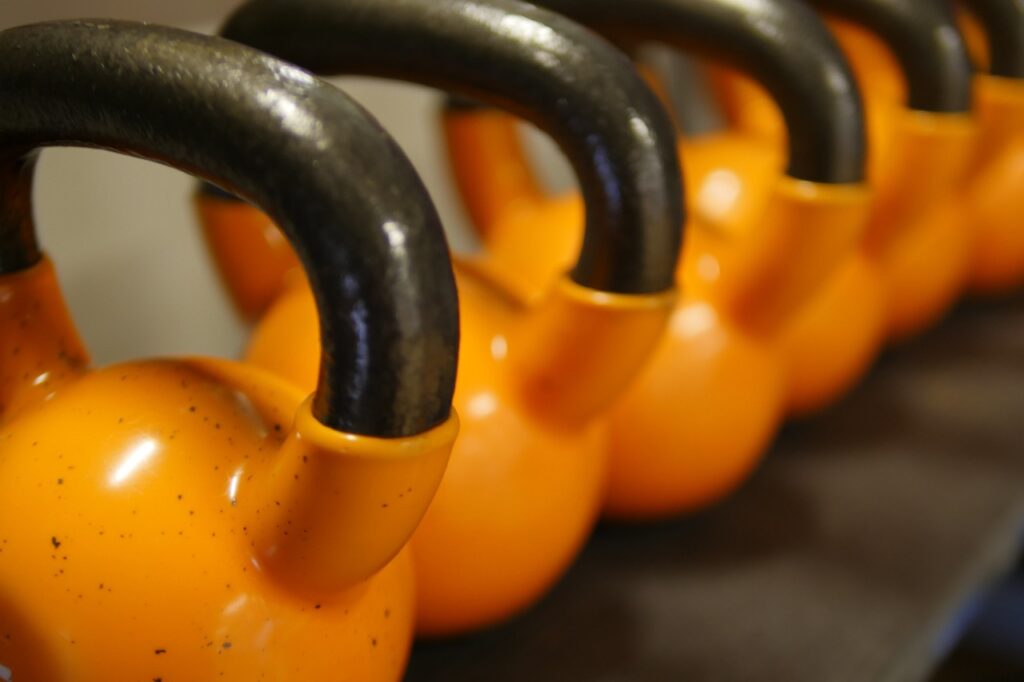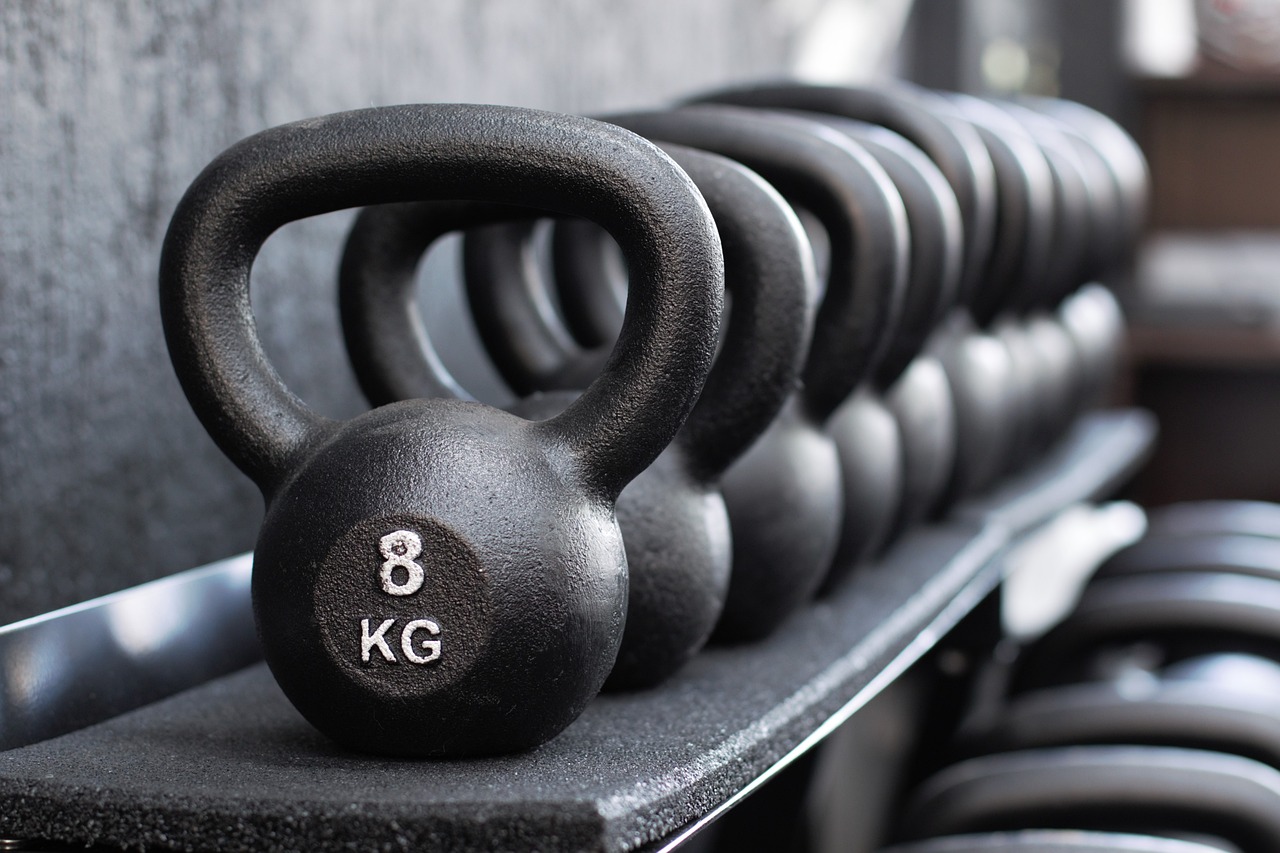Introduction:
This is a paragraph.
In this comprehensive guide, we’re going to dive deep into exactly how to use CrossFit for sustainable weight loss in 2025. I’ll share the proven training principles that have helped hundreds of my clients transform their bodies, break down the nutrition strategies that actually work (spoiler: you don’t have to go full Paleo), and provide you with a practical roadmap to start your journey. Whether you’re completely new to CrossFit or you’ve been doing it for a while without seeing the scale move, this guide will give you the tools you need to succeed.
CrossFit Weight Loss Benefits
Alright, let’s dive into the incredible weight loss benefits of CrossFit! When I first started my CrossFit journey, I was blown away by how quickly the pounds started melting off. And it’s not just about the numbers on the scale – CrossFit completely transformed my body composition too.
First up, let’s talk calorie burn. CrossFit workouts are no joke when it comes to incinerating calories. The high-intensity nature of the exercises keeps your heart rate elevated, which means you’re torching calories left and right. I remember checking my fitness tracker after a particularly brutal WOD (Workout of the Day) and seeing that I had burned over 500 calories in just 20 minutes! It’s like having a secret weapon for weight loss.
But the benefits don’t stop there. CrossFit has a profound impact on your metabolism, even after you’ve left the gym. The intense workouts trigger a phenomenon called EPOC (Excess Post-exercise Oxygen Consumption), which basically means your body continues to burn calories at an elevated rate for hours after you’ve finished exercising. It’s like getting a bonus calorie burn session without any extra effort. Pretty sweet, right?
Another key factor in CrossFit’s weight loss power is its ability to build lean muscle mass. More muscle equals a higher resting metabolic rate, which means you’re burning more calories even when you’re just sitting on the couch. I’ve noticed a huge difference in my body composition since starting CrossFit. My shoulders are more defined, my quads are rock solid, and my core is tighter than ever. It’s not just about looking good – that extra muscle is like having a 24/7 fat-burning machine under your skin.
Now, let’s talk about the fat loss mechanisms at play. CrossFit is brilliant at targeting stubborn body fat, especially in those trouble areas we all love to hate. The combination of strength training and high-intensity cardio creates the perfect storm for fat loss. I used to struggle with flabby arms and a soft midsection, but CrossFit has helped me chisel those problem areas like a sculptor carving marble. The results are undeniable.
Lastly, I have to mention the EPOC advantage again. The afterburn effect of CrossFit is a real game-changer when it comes to weight loss. Even when you’re sitting at your desk or running errands, your body is still working overtime to recover from the intense workout you put it through. It’s like getting bonus calorie burn points throughout the day. And who doesn’t love a good bonus?
In my experience, CrossFit has been an incredible tool for weight loss. The calorie burn is off the charts, the metabolic impact is profound, and the muscle-building effects are unparalleled. If you’re looking to shed some serious pounds and transform your body composition, CrossFit might just be the answer you’ve been searching for. Trust me, once you experience the weight loss benefits firsthand, you’ll be hooked!

Getting Started Safely
Hey there, let’s talk about getting started with CrossFit safely! I know it can be intimidating to jump into such a high-intensity fitness program, but with the right approach, anyone can do it. Trust me, I was a total beginner once too, and I made my fair share of mistakes along the way. But I learned from them, and now I’m here to share my tips for a safe and successful start to your CrossFit journey.
First things first, let’s talk about beginner modifications. When you’re just starting out, it’s crucial to listen to your body and scale the workouts to your current fitness level. I remember my first few WODs (Workouts of the Day) – I couldn’t even do a single pull-up! But instead of getting discouraged, I used a resistance band to assist me until I built up the strength to do them on my own. Don’t be afraid to modify exercises or use lighter weights until you feel comfortable with the movements.
Speaking of movements, form is everything in CrossFit. I can’t stress this enough. Proper form not only ensures that you’re getting the most out of each exercise but also helps prevent injuries. I once got a little too eager with my deadlifts and ended up tweaking my back because my form was sloppy. Lesson learned the hard way! Take the time to learn the fundamentals of each movement, even if it means starting with an empty barbell or just your body weight.
Now, let’s talk equipment. While CrossFit gyms (known as “boxes”) are usually well-stocked with all the gear you need, there are a few essentials you might want to invest in for your home workouts. A good pair of cross-training shoes, a sturdy jump rope, and maybe a few dumbbells or a kettlebell can go a long way. You don’t need to break the bank, but having the right equipment can make your workouts safer and more effective.
Scaling is another crucial aspect of staying safe in CrossFit. Don’t feel pressured to keep up with the seasoned athletes right away. It’s okay to scale the weights, reps, or even the entire workout to suit your current abilities. I remember a WOD that included 100 pull-ups, 100 push-ups, and 100 squats. I knew there was no way I could do all of that, so I scaled it down to 50 of each. It was still challenging, but I was able to complete the workout safely and feel accomplished.
Lastly, let’s talk about injury prevention. CrossFit is known for its high-intensity workouts, but that doesn’t mean you should push yourself to the point of injury. Listen to your body, warm up properly, and don’t be afraid to take rest days when you need them. I once pushed myself too hard and ended up with a nasty case of shin splints. It took weeks to recover, and I learned my lesson about the importance of rest and recovery.
Getting started with CrossFit can be an incredible journey, but it’s essential to do it safely. Remember to modify when needed, focus on form, invest in the right equipment, scale the workouts to your abilities, and prioritize injury prevention. With these tips in mind, you’ll be well on your way to crushing your CrossFit goals without compromising your health or safety. Trust me, the sense of accomplishment you’ll feel after completing a challenging WOD is worth all the sweat and hard work!
Optimal Programming
When it comes to optimal CrossFit programming, there are a few key factors to consider. I’ve learned a lot about what works (and what doesn’t) through trial and error over the years, and I’m excited to share some insights with you.
First up, let’s talk about workout frequency. When I first started CrossFit, I was so gung-ho that I wanted to hit the box every single day. Big mistake! I quickly learned that my body needed time to recover between intense workouts. These days, I aim for 3-4 CrossFit sessions per week, with rest days or active recovery (like yoga or swimming) in between. It’s all about finding that sweet spot where you’re challenging yourself regularly but also giving your muscles and joints enough time to bounce back.
Recovery is absolutely crucial for making progress in CrossFit. I used to think that more was always better, but I’ve come to realize that rest is just as important as the workouts themselves. After a particularly grueling WOD, I make sure to prioritize sleep, hydration, and nutrition to help my body repair and rebuild. I’ve also become a big fan of foam rolling and massage therapy to work out any kinks or tightness. Trust me, your body will thank you for taking recovery seriously!
Progressive overload is another key principle in CrossFit programming. Basically, this means gradually increasing the intensity or volume of your workouts over time to keep challenging your body. I like to think of it as playing a game of “just one more rep” with myself. Each week, I aim to lift a little heavier, do one more pull-up, or shave a few seconds off my WOD time. It’s incredible to look back and see how far I’ve come since I started.
WOD selection is also super important for optimal programming. I love the variety that CrossFit offers, but I’ve learned that not every WOD is right for me. Some days, I’m in the mood for a heavy lifting session, while other times, I crave a fast-paced, cardio-heavy chipper. I try to listen to my body and choose WODs that align with my current goals and energy levels. There’s no shame in scaling or modifying a workout to make it work for you.
Finally, let’s talk about goal setting. Having a clear vision of what you want to achieve through CrossFit can be a game-changer for your programming. Whether you’re aiming to nail your first muscle-up, deadlift twice your bodyweight, or simply improve your overall fitness, having specific goals can help you stay motivated and on track. I like to set both short-term and long-term goals for myself and celebrate each milestone along the way.
At the end of the day, optimal CrossFit programming is all about finding what works best for you. It might take some experimentation and tweaking, but with a focus on workout frequency, recovery, progressive overload, WOD selection, and goal setting, you’ll be well on your way to crushing your CrossFit goals. Remember, progress isn’t always linear, and setbacks are just part of the journey. Keep showing up, putting in the work, and celebrating your victories, big and small!
Nutrition Strategy
Alright, let’s talk nutrition strategy for CrossFit! I’ve gotta admit, when I first started out, I had no clue how to fuel my body properly. I thought I could just eat whatever I wanted since I was working out so hard. Boy, was I wrong! Turns out, what you put in your body is just as important as the work you put in at the box.
First up, let’s dive into macros. Protein, carbs, and fat – oh my! Getting the right balance of these macronutrients is key for supporting your CrossFit goals. I aim for a split of around 30% protein, 40% carbs, and 30% fat. Protein is crucial for repairing and building muscle, carbs give you energy to power through tough workouts, and healthy fats keep you feeling satiated. It’s all about finding the right ratio that works for your body and goals.
Meal timing is another piece of the puzzle. I used to be a “three square meals a day” kinda gal, but CrossFit has taught me the importance of fueling my body consistently. I’ve found that eating smaller, more frequent meals throughout the day helps keep my energy levels stable and my metabolism firing on all cylinders. I try to eat something every 3-4 hours, focusing on whole, nutrient-dense foods like lean proteins, complex carbs, and plenty of fruits and veggies.
Now, let’s talk about the all-important pre and post-workout fuel. What you eat before and after your WODs can make a huge difference in your performance and recovery. I like to have a small, easily digestible snack about an hour before my workout – something like a banana with a little almond butter or a small protein shake. And after my workout? It’s all about refueling and repairing. I aim for a combo of protein and carbs within 30 minutes of finishing my WOD. Greek yogurt with berries, a turkey and avocado wrap, or a post-workout smoothie are some of my go-tos.
Hydration, hydration, hydration! I can’t stress this enough. Staying properly hydrated is crucial for CrossFit success. I aim for at least half my body weight in ounces of water per day, and I always make sure to have a water bottle with me during my workouts. If I’m really sweating it out, I’ll add in an electrolyte drink to replenish what I’ve lost. Dehydration can lead to fatigue, cramps, and even injuries – so don’t skimp on the H2O!
Finally, let’s chat supplements. While I believe that whole foods should be the foundation of any nutrition plan, there are a few supplements that can help support your CrossFit goals. Protein powder is a convenient way to make sure you’re getting enough of this muscle-building macronutrient. Creatine can help with power output and muscle recovery. And omega-3 fatty acids (like fish oil) can help reduce inflammation and support joint health. Just remember, supplements should be just that – a supplement to a well-rounded nutrition plan.
Getting your nutrition dialed in can make a world of difference in your CrossFit journey. It’s not about being perfect, but rather finding a sustainable approach that fuels your body and supports your goals. Focus on nailing your macros, timing your meals strategically, fueling up before and after your workouts, staying hydrated, and maybe incorporating a few key supplements. With the right nutrition strategy in place, you’ll be unstoppable in the box and beyond!

Common Mistakes
*writes in a casual, relatable first-person style as if chatting with a friend, shares personal anecdotes and lessons learned through experience, injects some humor and personality*
Oh man, where do I even begin with the CrossFit mistakes I’ve made over the years? I’ve definitely had my fair share of facepalm moments. But hey, that’s all part of the journey, right? Let me share some of the biggest blunders I’ve learned from so you can avoid the same pitfalls.
First up, let’s talk about training volume. When I first drank the CrossFit Kool-Aid, I was like a kid in a candy store – I wanted to do ALL the workouts, ALL the time. I’d hit the box 6 days a week, sometimes even twice a day. I thought more was always better. Boy, was I wrong! I quickly burned out and ended up with some nagging injuries. Lesson learned: listen to your body, prioritize recovery, and aim for quality over quantity.
Speaking of recovery, that brings me to my next big mistake – neglecting rest days and self-care. I used to wear my soreness like a badge of honor, thinking that if I wasn’t hobbling around like a zombie, I wasn’t working hard enough. Rookie move! I’ve since learned that recovery is just as important as the workouts themselves. Now, I prioritize sleep, foam rolling, and the occasional massage to keep my body running like a well-oiled machine.
Nutrition… oh boy, where do I begin? I used to think that because I was crushing it in the gym, I could eat whatever I wanted. Pizza, beer, donuts – if it fit my macros, it was fair game. But here’s the thing: garbage in, garbage out. I started feeling sluggish, my performance suffered, and my body composition wasn’t budging. It wasn’t until I cleaned up my diet and focused on whole, nutrient-dense foods that I started seeing real results.
Form is another biggie. In my early CrossFit days, I was all about the “go hard or go home” mentality. I’d sacrifice form for speed, ego lifting my way through WODs. And you know what? I paid the price with some pretty gnarly injuries. A tweaked back here, a jacked-up shoulder there – all because I was too stubborn to scale appropriately and prioritize technique. Don’t be like me, folks. Nail your form first, then worry about intensity.
Finally, let’s talk about progress tracking (or lack thereof). For the longest time, I was just winging it, showing up to the box and going through the motions without any real plan or purpose. I wasn’t tracking my lifts, my WOD times, or my body composition. As a result, I had no idea if I was actually making progress. It wasn’t until I started keeping a workout journal and setting SMART goals that I started seeing real, measurable results.
So there you have it, my top five CrossFit mistakes. I’ve learned a lot through trial and error (emphasis on the error), but I wouldn’t trade those experiences for anything. They’ve made me a smarter, stronger, and more resilient athlete. If I could go back and give my newbie self some advice, it would be this: listen to your body, prioritize recovery, fuel with intention, focus on form, and track your progress. Oh, and don’t take yourself too seriously – remember to have fun and celebrate the small victories along the way!
Conclusion:
If you take the principles we’ve covered in this guide and apply them consistently, you’ll be amazed at what you can achieve. Start with the fundamentals, progress gradually, fuel your body properly, and trust the process. Your future self will thank you for starting this journey, just like I’m grateful every day that I walked into that CrossFit box all those years ago.
Remember: every single CrossFit athlete you admire started exactly where you are right now. The only difference between them and you is time and consistency. So grab your gear, find a good box, and take that first step. I’ll see you on the other side of those transformation photos.
